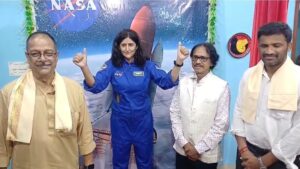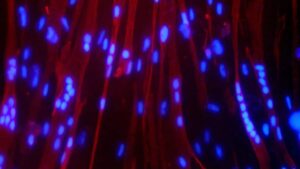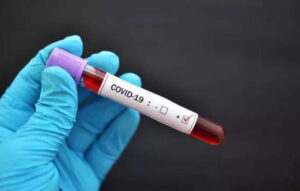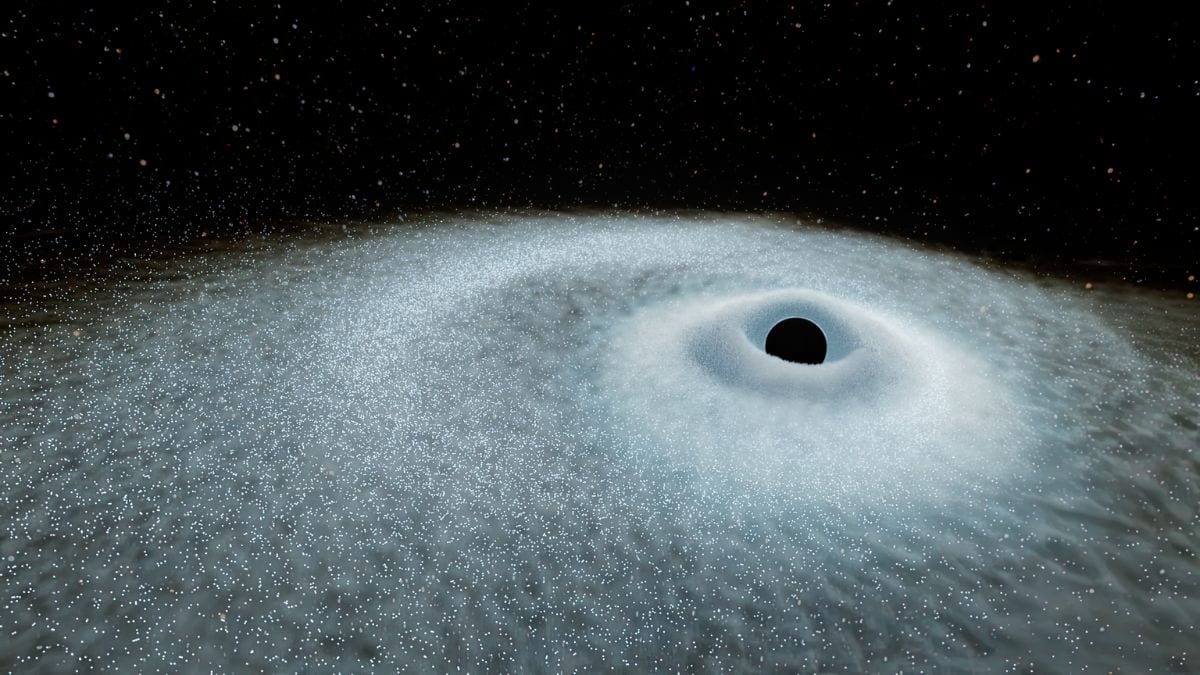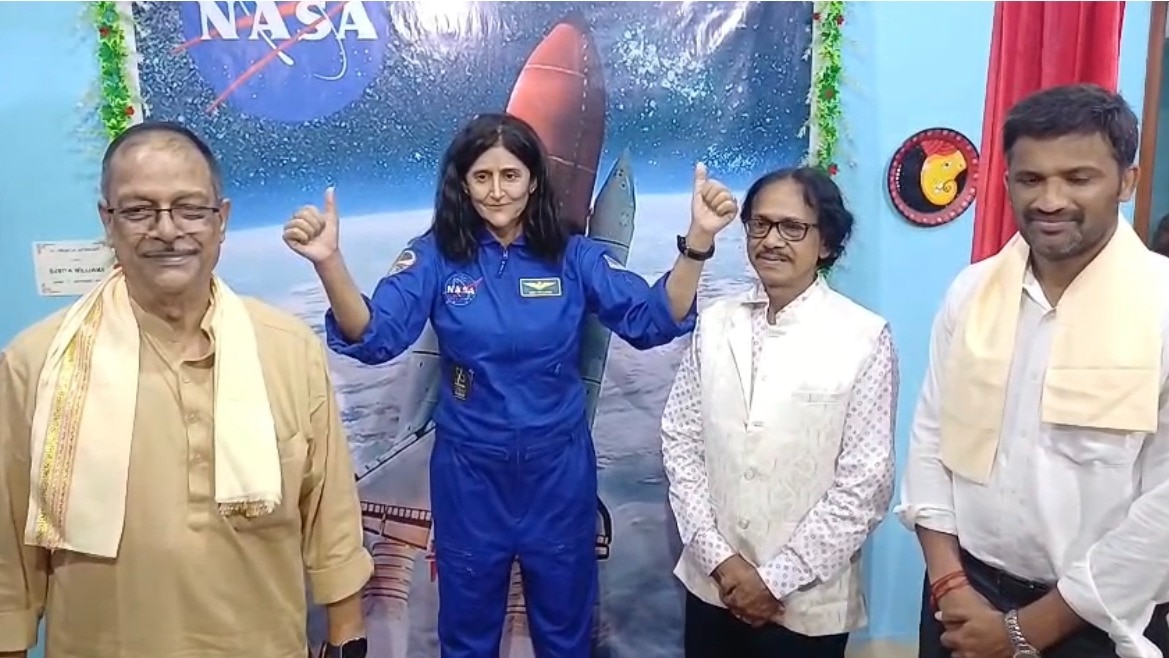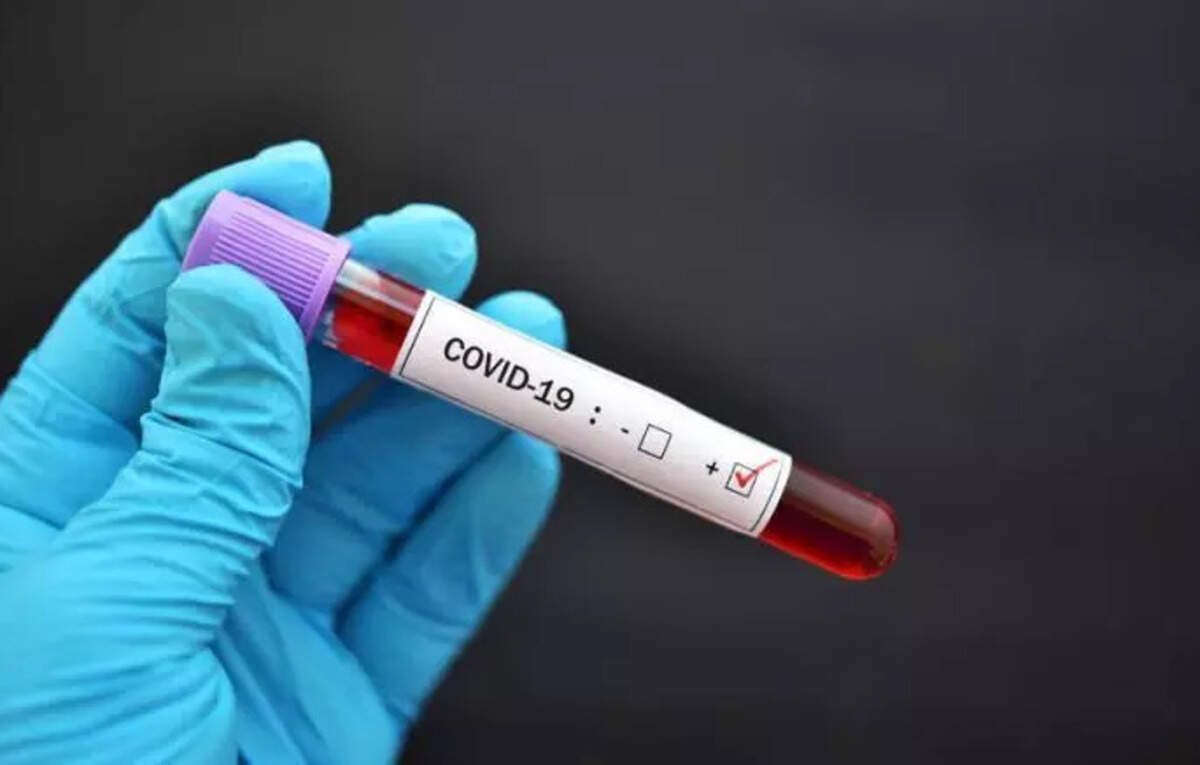
Contents
NASA and ISRO Join Forces for Groundbreaking Space Research
In an exciting collaboration, NASA and India’s space agency ISRO are teaming up to conduct a series of cutting-edge science investigations aboard Axiom Mission 4, a private astronaut mission to the International Space Station (ISS). Scheduled to launch no earlier than June 10 aboard a SpaceX Dragon spacecraft, this mission promises to unravel the mysteries of human biology, plant growth, and technology use in microgravity. The investigations will delve into the intricacies of muscle stem cells, plant growth, and microalgae, as well as the behavior of tiny water bears in space.
Space Biology: Muscles, Seeds, and Algae
The Sprouts-ISRO investigation is set to germinate and grow greengram and fenugreek seeds aboard the ISS, studying their development, genetics, and nutritional value in microgravity. This experiment has the potential to revolutionize food production in space, enabling astronauts to grow their own food in orbit. Imagine being able to harvest fresh greens in the midst of a long-duration mission – it’s a tantalizing prospect that could significantly enhance the well-being of astronauts on extended spaceflights.
Meanwhile, the Myogenesis-ISRO investigation will use human muscle stem cell cultures to examine how spaceflight impairs muscle repair and mitochondrial metabolism. By testing chemicals to bolster muscle health during long missions, scientists hope to maintain astronaut muscle mass and overall health. This research could have far-reaching implications, not only for space travel but also for the treatment of muscle loss and nutrition-related disorders on Earth.
The Space Microalgae-ISRO study will explore the growth and adaptation of green microalgae in microgravity. These rapidly growing, nutrient-packed microorganisms could serve as a fresh food source, helping to recycle air and water on spacecraft. The potential benefits are vast, from supporting sustainable life-support systems to enhancing the overall health and well-being of astronauts on long-duration missions.
Unlocking the Secrets of Space Biology
Together, these space biology experiments could pave the way for innovative approaches to growing fresh food in orbit, maintaining muscle mass during long missions, and even supporting treatments for muscle loss and nutrition on Earth. The implications are profound, with potential applications in fields ranging from agriculture to medicine.
As we continue to push the boundaries of space exploration, it’s essential to address the challenges posed by microgravity. By studying the effects of space travel on living organisms, scientists can develop strategies to mitigate the negative consequences and create a healthier, more sustainable environment for astronauts.
Extremes and Human Factors in Orbit
The Voyager Displays-ISRO experiment will examine how crew members interact with tablets and other electronic displays in microgravity, measuring pointing tasks, gaze behavior, and stress or well-being indicators. This study will provide valuable insights into the human factors of space travel, guiding the development of more intuitive and user-friendly interfaces for spacecraft.
The Voyager Tardigrade-ISRO investigation, on the other hand, will carry microscopic water bears (tardigrades) into space, reviving them in orbit and comparing their survival, reproduction, and gene expression to ground controls under cosmic radiation and extreme conditions. By uncovering the secrets of tardigrade resilience, scientists hope to develop strategies to protect astronauts on long missions from the harsh effects of space travel.
The Future of Space Exploration
As we embark on this groundbreaking mission, we’re reminded of the vast mysteries waiting to be unraveled in space. The collaboration between NASA and ISRO is a testament to the power of international cooperation and the shared passion for space exploration.
The Axiom Mission 4 promises to be a significant milestone in the history of space research, with far-reaching implications for the future of space travel. As we continue to push the boundaries of human knowledge, we’re inspired by the limitless possibilities that await us in the vast expanse of space.
Key Takeaways:
- NASA and ISRO are collaborating on a series of science investigations aboard Axiom Mission 4
- The mission will study human biology, plant growth, and technology use in microgravity
- Experiments include Myogenesis-ISRO, Sprouts-ISRO, Space Microalgae-ISRO, Voyager Tardigrade-ISRO, and Voyager Displays-ISRO
- The research aims to maintain astronaut muscle and health, support food production in orbit, and improve life-support systems for long-duration missions
Stay Tuned for Updates:
As the launch date approaches, we’ll be bringing you updates and insights into the mission. Follow us for the latest news and discoveries from the world of space exploration. The Axiom Mission 4 is set to be an exciting journey, and we’re honored to be a part of it. Join us as we embark on this extraordinary adventure and uncover the secrets of the cosmos.
Content originally published by www.gadgets360.com

